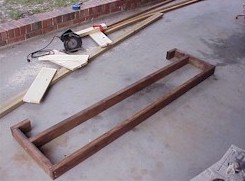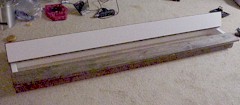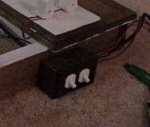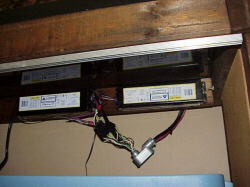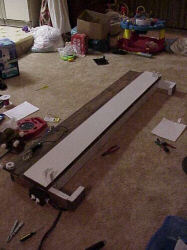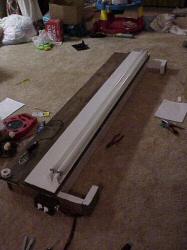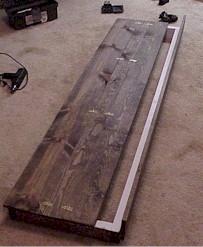(click on any photo to view a larger image)
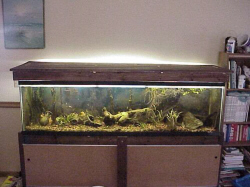
Well, after a year of operation my 120 gallon
tank was the only tank where the algae would not go away and plants seemed
not to grow well. I noticed the tank was dimmer than my 10, 20, and
30 gallon tanks and decided to build a proper hood with 4 floursecent lights
instead of the 2 lights my rain gutter hood allowed. My hope being
that if I can provide better conditions for my live plants they will out-compete
the algae and drive it away (I have had prior success with this strategy).
